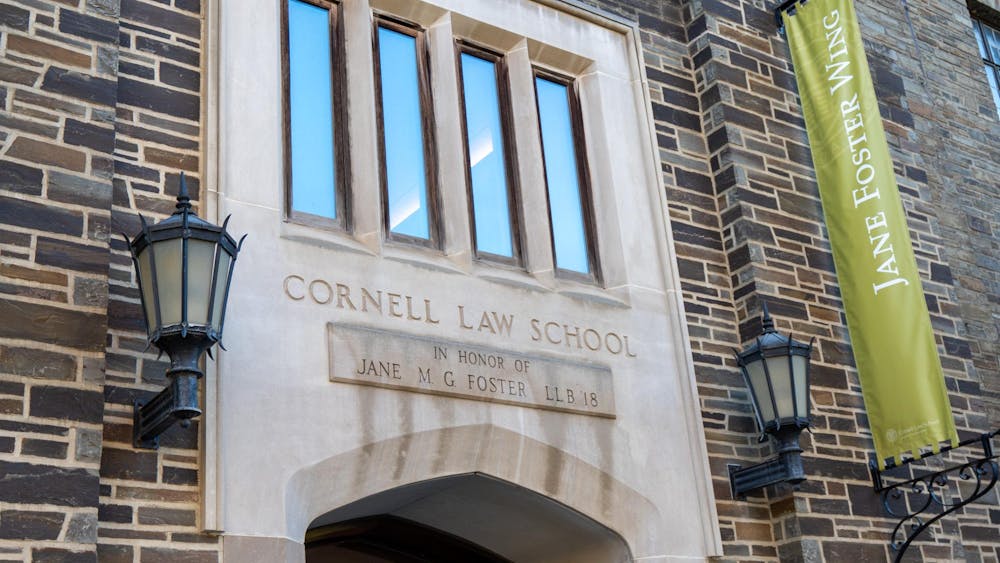The Cornell Lab of Ornithology, which monitors the more than 10,000 species of birds in the world, is now preparing for its biggest fundraising event of the year — the annual Global Big Day that will help raise money for conserving biodiversity.
During the May 8 fundraising event, the lab’s Big Day team Sapsucker will go on a 24-hour birding marathon to identify as many species as they can. In 2020, the team identified 181 species in the Finger Lakes in New York.
The event, part of World Migratory Bird Day, consists of people going out alone or in a group to find as many birds as they can, submitting checklists on the birds they encounter in any part of the world. Many bird-related organizations participate every year, such as the Bexar Audubon Society and the Bonaire Bird Photography Tours.
These bird identifications contribute to the data collection and maps the lab creates. Local birders have recently recorded a rise in the bald eagle population.
According to the lab, last year’s Big Day was record-setting, with more than 50,000 people from 175 countries submitting 120,000 checklists, an online form that birders can submit that lists information on the birds they spot.
Like many nonprofits, the lab depends on a mixed fundraising model, raising private funds through a membership program, and receiving private and public grants and revenue through online course enrollments, said Bramble Klipple, director of development and philanthropy. The fundraising efforts go toward sustaining the lab’s operations and protecting the ecosystem.
“[The lab] has maintained throughout the pandemic our ongoing strategy of raising funds from our many members who care about birds and biodiversity,” Klipple said. “[They] value our service and impact through citizen-science projects.”
Over 100 years in operation, the lab tracks various bird species through programs like eBird, a worldwide bird observation database, and Birds of the World, an online encyclopedia with information on more than 10,000 species.
One of the projects that benefit from the fundraising efforts of the lab is Bird Cams, which the lab launched in 2012 to introduce a global audience to the lives of birds, while increasing awareness of biodiversity conservation and decreasing the barriers to explore nature through online experiences.
Charles Eldermire, the Bird Cams project leader, said he is particularly looking forward to the hatching of red-tailed hawks Big Red and Arthur’s eggs. The first egg hatched on May 2.
“Big Red and Arthur are nearing the time when their eggs should be hatching, so we encourage people to tune in and witness the moment,” Eldermire said. “After the hatch it will be a nonstop parade of prey items being brought to the nest, hungry nestlings [and] sleepy nestlings.”
Eldermire said that by mid-June, the then-hatched eggs will near the time to take flight on their own.
Klipple said the lab has found a greater interest in birds among the public during the pandemic, growing to a membership of over 140,000 bird enthusiasts.
In April 2020, eBird checklist submissions increased by 41 percent compared to the previous year, and February 2021 saw the greatest number of eBirders in a single month to date — over 140,000 eBirders, which is a 50 percent increase from the previous year, according to their 2020 growth summary report.
“We have seen a growth in interest in our programs and membership during the pandemic,” Klipple said. “People appear to have a greater interest in learning about nature and the world around them.”











